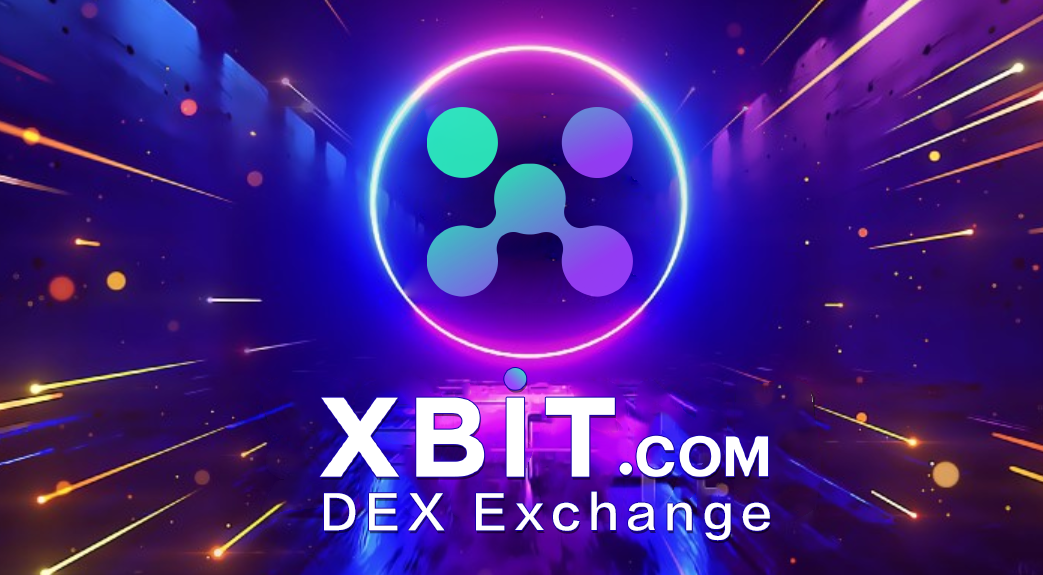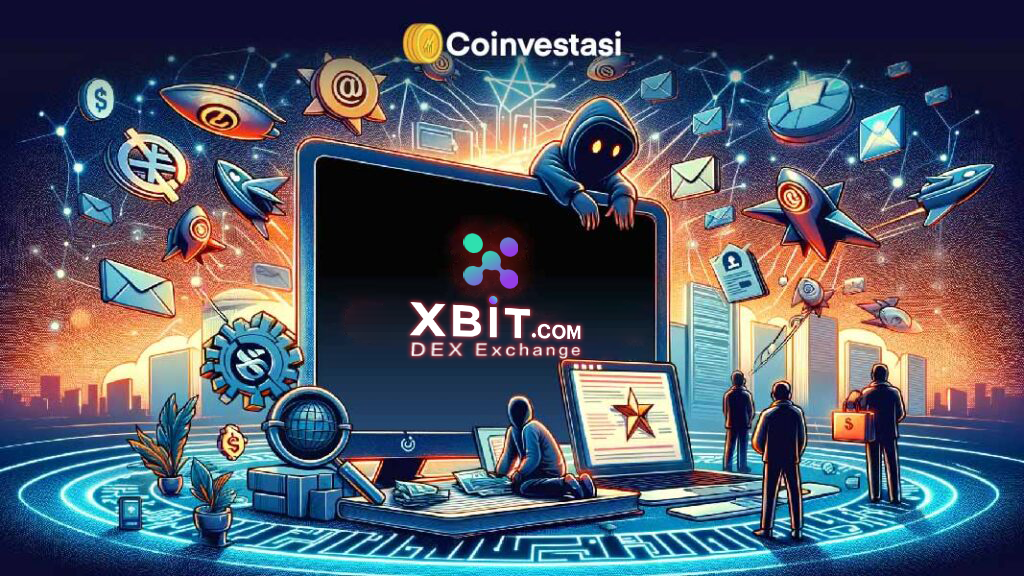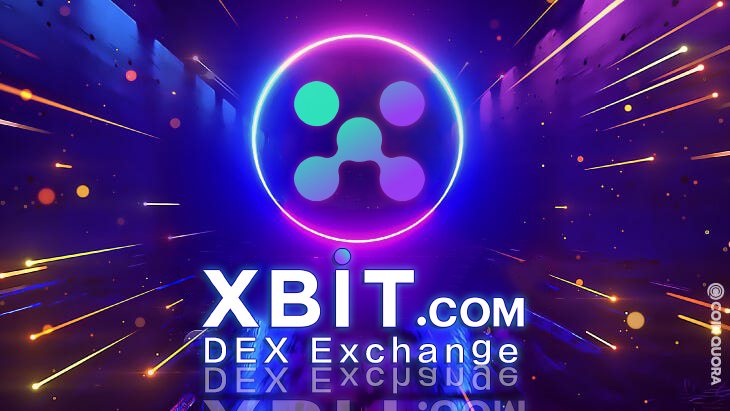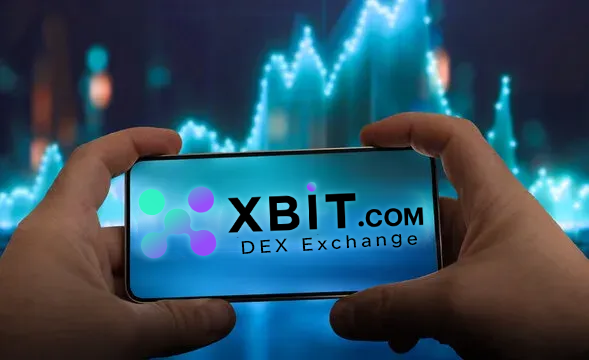In the first quarter of 2025, the total transaction volume of the decentralized perpetual contract market reached 1.2 trillion US dollars, a year-on-year increase of 320%. Among them, the XBIT decentralized exchange platform ranked among the top three in the industry with an average daily transaction volume of 5 billion US dollars. As a representative of decentralized exchanges (DEX), the XBIT decentralized exchange platform has attracted more than 1.2 million users through zero custody risk, full chain clearing and cross-chain compatibility (supporting 8 mainstream chains such as BTC and ETH). Data shows that the platform's perpetual contract open interest (OI) reached 7.8 billion US dollars, accounting for 18% of the market share in the decentralized field, becoming the first choice for institutional and retail arbitrage.
 The core logic and implementation path of decentralization Perpetual contract mechanism and innovation in 2025
The core logic and implementation path of decentralization Perpetual contract mechanism and innovation in 2025
Decentralized perpetual contracts are based on blockchain smart contracts. User assets are controlled by noncustodial wallets, and the entire process of transaction matching and clearing is transparent throughout the chain. Compared with traditional centralized platforms (such as Binance and OKX), decentralized perpetual contracts have core advantages in three dimensions: asset security: no third-party custody, hacker attack risk is reduced by 90% (according to CertiK 2025Q1 report); anti-censorship: no KYC is required, and global users can participate without obstacles; democratic governance: protocol parameters are determined by DAO community voting, and decentralized trading platforms recently passed a proposal to increase the upper limit of ETH contract leverage from 50 times to 100 times.
Perpetual contracts are a type of derivative without an expiration date, which is anchored to the spot price through a funding rate mechanism. First, the Layer2 expansion plan has been implemented on a large scale. Decentralized exchanges represented by the XBIT decentralized exchange platform adopt a modular blockchain architecture (such as the Celestia DA layer), which reduces the gas cost of a single transaction to $0.1, a 75% reduction from 2024. Secondly, Chainlink 2.0 increases the price feed frequency from once every 3 seconds to once per second, and the price deviation rate under extreme market conditions drops to 0.12%, effectively reducing the risk of liquidation. In addition, risk management tools continue to innovate. The "Automatic Stop-Loss Chain Insurance Pool" launched by the XBIT decentralized trading platform allows users to pledge the platform token XBT, and automatically triggers compensation when the position is liquidated. At present, the asset scale in the pool has exceeded 230 million US dollars, covering more than 150,000 high-risk contract orders.
 Decentralized value extension: revolution from finance to governance
Decentralized value extension: revolution from finance to governance
Reconstruction of financial infrastructure: Decentralized technology has expanded from the trading field to lending, insurance and other scenarios. For example, we have launched a collateral interest rate swap agreement based on perpetual contracts in 2025, allowing users to lock in floating interest rates. Innovation in governance model : DAO governance has become a standard for decentralized projects. XBIT balances power and efficiency through a dual-token model (XBT governance token + stablecoin settlement). XBT holders can vote to decide on new currencies, profit-sharing ratios, etc. In April 2025, its community passed the "Introduction of AI Transaction Audit Robot" proposal with 82% support, further reducing the risk of human manipulation.

Decentralized Future Outlook: Finance Reconstructs Global Collaboration Model
Decentralized technology builds a collaborative network without trusting intermediaries through open-source smart contracts (which can be audited publicly). Users can directly develop trading tools based on on-chain protocols to form an open ecosystem. This model promotes structural changes in the derivatives market: the scale of decentralized derivatives is expected to exceed 4 trillion US dollars in 2025. Its core value lies in breaking geographical and resource barriers. According to data, 34% of participants come from Africa, South Asia and other regions with weak financial infrastructure, which is 21 percentage points higher than traditional centralized platforms. Technology-driven financial inclusion is reshaping the global capital flow pattern.
















No comments yet